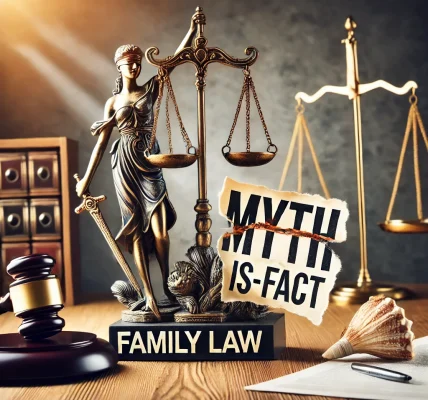Understanding Emotional Abuse
Emotional abuse, also known as psychological abuse, involves patterns of behavior that harm an individual’s mental well-being. Unlike physical abuse, emotional abuse leaves no visible scars but can have long-term psychological effects. It includes verbal threats, manipulation, gaslighting, isolation, and coercive control. Emotional abuse can occur in personal relationships, workplaces, or even through digital communication.
Is Emotional Abuse a Crime?
The legal recognition of emotional abuse varies by jurisdiction. While physical abuse is explicitly outlawed, emotional abuse often falls under broader categories such as domestic violence, harassment, or coercive control. Some countries and states have introduced laws specifically addressing emotional abuse in relationships, especially when it involves intimidation, threats, or financial control.
Legal Framework for Emotional Abuse Cases
- Domestic Violence Laws: Many jurisdictions include emotional and psychological abuse under domestic violence laws, allowing victims to seek restraining orders or protection orders against their abuser.
- Harassment and Stalking Laws: Persistent emotional abuse, such as cyberstalking or repeated verbal threats, may be prosecuted under harassment laws.
- Workplace Laws: Emotional abuse in a work setting can be addressed through anti-bullying policies, employment discrimination laws, or workplace harassment laws.
- Coercive Control Laws: Some countries, like the UK, have specific laws against coercive control, recognizing it as a form of abuse punishable by law.
Steps to Take If You Are Experiencing Emotional Abuse
If you are a victim of emotional abuse and considering legal action, follow these steps:
1. Document the Abuse
- Keep records of abusive messages, emails, or recordings (where legally permissible).
- Maintain a journal detailing incidents, including dates, times, and descriptions of what happened.
2. Seek Legal Advice
- Consult a lawyer specializing in family or criminal law to understand your rights and options.
- Determine whether you can file a restraining order or report the abuse to authorities.
3. Obtain a Restraining Order
- In cases of domestic emotional abuse, victims may apply for a restraining order to prevent further harm.
- Some courts recognize emotional and psychological abuse as valid grounds for obtaining protective orders.
4. Report to Law Enforcement
- If the abuse involves threats, stalking, or coercive control, it may be reportable to the police.
- Provide law enforcement with evidence to support your claims.
5. Seek Support Services
- Reach out to domestic abuse shelters, counseling services, or legal aid organizations.
- Support groups can help victims regain confidence and navigate the legal process.
Challenges in Proving Emotional Abuse
Unlike physical abuse, emotional abuse can be difficult to prove in court. Common challenges include:
- Lack of tangible evidence (since emotional abuse doesn’t leave physical marks).
- Manipulative tactics by abusers (gaslighting or blame-shifting).
- Legal system limitations (some jurisdictions don’t recognize emotional abuse as a standalone crime).
Conclusion
Emotional abuse is a serious issue with lasting psychological effects. While legal options exist, navigating them can be complex. If you or someone you know is experiencing emotional abuse, seeking legal counsel and support services can be the first step toward protection and justice. Laws are evolving, and more jurisdictions are recognizing the profound impact of emotional abuse, making legal remedies increasingly accessible.




